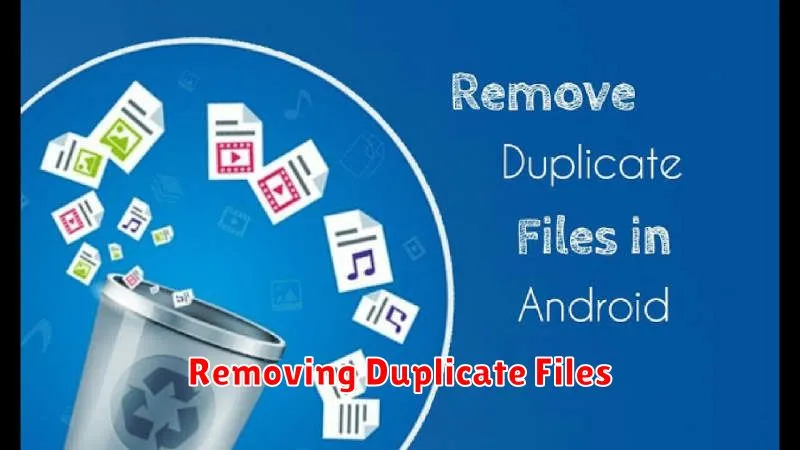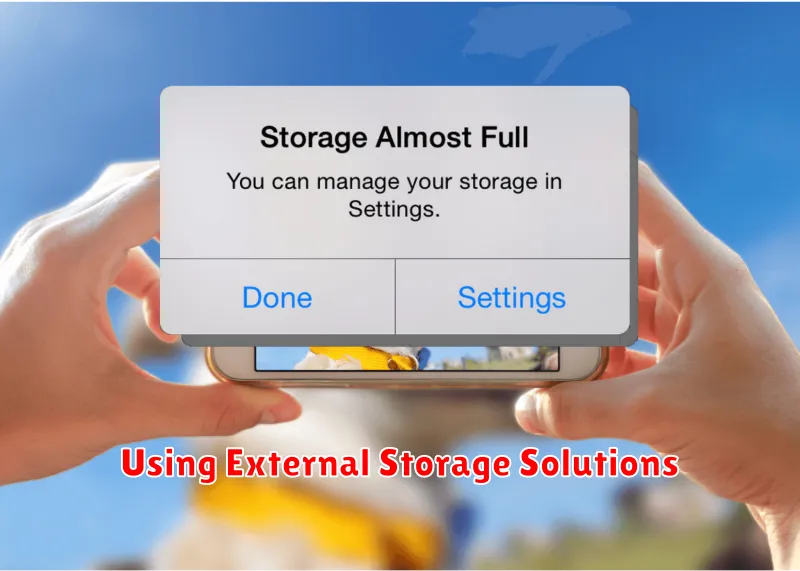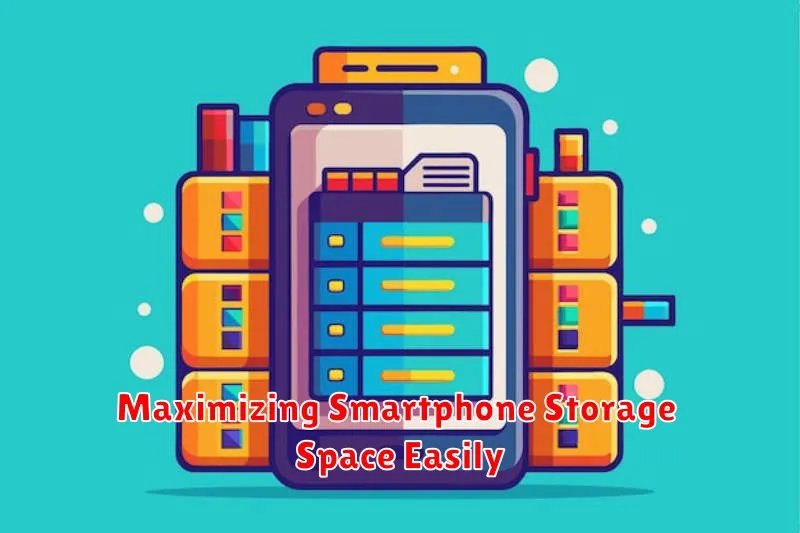Is your smartphone constantly reminding you that you’re running out of storage? Do you find yourself deleting precious photos and videos just to make space for new apps? Running low on storage can be incredibly frustrating, limiting your phone’s functionality and preventing you from capturing life’s important moments. This article will guide you through practical and easy steps to maximize your smartphone’s storage space, allowing you to keep everything you need and enjoy your device to its fullest potential. Learn how to effectively manage your files, apps, and data, and reclaim valuable storage without the need for expensive upgrades or external devices.
Reclaiming valuable storage space on your smartphone is easier than you think. From understanding your phone’s storage usage to implementing simple organizational strategies, you can quickly free up significant space and avoid the dreaded “storage full” notification. This guide will provide you with practical tips and techniques to optimize your storage, allowing you to take more photos, download more apps, and enjoy a smoother, more efficient smartphone experience. Whether you’re an Android user or an iPhone owner, these strategies will empower you to maximize your smartphone storage and regain control of your mobile device.
Cloud Storage Options
Leveraging cloud storage is a crucial aspect of maximizing smartphone storage. Cloud services offer a convenient way to offload files, freeing up valuable space on your device.
There are several popular cloud storage providers available, each offering different features and pricing tiers. Consider factors such as storage capacity, security, and cross-platform compatibility when making your selection.
Key Considerations
- Storage Capacity: Evaluate your storage needs and choose a plan that offers sufficient space.
- Security: Prioritize services with robust security measures like encryption to protect your data.
- Cost: Compare pricing plans and choose one that fits your budget.
- Platform Compatibility: Select a service that works seamlessly across your devices (e.g., phone, tablet, computer).
By utilizing cloud storage effectively, you can keep your smartphone clutter-free and easily access your important files from anywhere.
Removing Duplicate Files

Duplicate files, often accumulating unnoticed, can consume a significant amount of storage space. Identifying and removing these redundant files is a crucial step in maximizing your smartphone’s storage capacity.
Several methods exist for tackling duplicate files. Manual deletion, while possible, is often tedious and time-consuming, especially with a large number of files. Fortunately, numerous applications are designed specifically for this purpose. These duplicate file finder apps automatically scan your device, identify redundant files, and allow you to select which ones to remove.
When using such an app, exercise caution. Ensure the app has positive reviews and a good reputation to avoid accidental deletion of essential files. Always review the identified duplicates before confirming their removal.
Common types of duplicate files include:
- Photos: Multiple copies from messaging apps or cloud backups.
- Videos: Similar recordings or downloaded content.
- Audio files: Identical songs or recordings.
- Documents: Downloaded files or attachments.
Managing App Downloads
One of the biggest consumers of storage space is applications. Regularly reviewing your downloaded apps is crucial for maintaining free space. Consider the following strategies to manage app downloads effectively.
Uninstall Unused Apps
Many individuals download apps and then forget about them. These unused apps occupy valuable storage. Identify and uninstall any applications that you haven’t used in the past month. This will free up a surprising amount of space.
Offload Unused Apps
If you are hesitant to completely remove an app, many operating systems offer an offload feature. This removes the app itself, but retains its documents and data. If you need the app again, you can simply re-download it and your previous information will be restored.
Clearing Old Messages and Media
Messaging apps can consume a significant portion of your storage space, especially with accumulated photos, videos, and audio files. Regularly clearing old messages and media can free up considerable space.
Begin by reviewing messaging apps like WhatsApp, Telegram, or default SMS. Delete large files and unnecessary conversations. Most apps allow you to clear media within specific chats or globally, preserving the message text.
Consider enabling disappearing messages within certain apps. This feature automatically deletes messages after a set time period, reducing future clutter.
Additionally, check your phone’s download folder, often a repository for media shared via messaging apps. Delete any redundant files located there.
Using External Storage Solutions

When built-in storage isn’t enough, external storage solutions offer a convenient way to expand your smartphone’s capacity. These options provide additional space for photos, videos, music, and other files, freeing up valuable internal storage.
MicroSD Cards
Many Android smartphones feature a microSD card slot. These small, portable cards offer a cost-effective way to add significant storage. Ensure your phone supports microSD cards and check the maximum capacity it can handle.
USB OTG Drives
USB On-The-Go (OTG) drives connect directly to your smartphone’s charging port. They provide a portable and easy way to transfer files and expand storage. Compatibility depends on your device’s operating system and hardware.
Cloud Storage
While not strictly “external” in the physical sense, cloud storage services offer a flexible solution for storing files remotely. These services allow you to access your data from multiple devices, providing a secure backup in case of phone loss or damage. Be mindful of subscription costs and data usage when using cloud storage.

